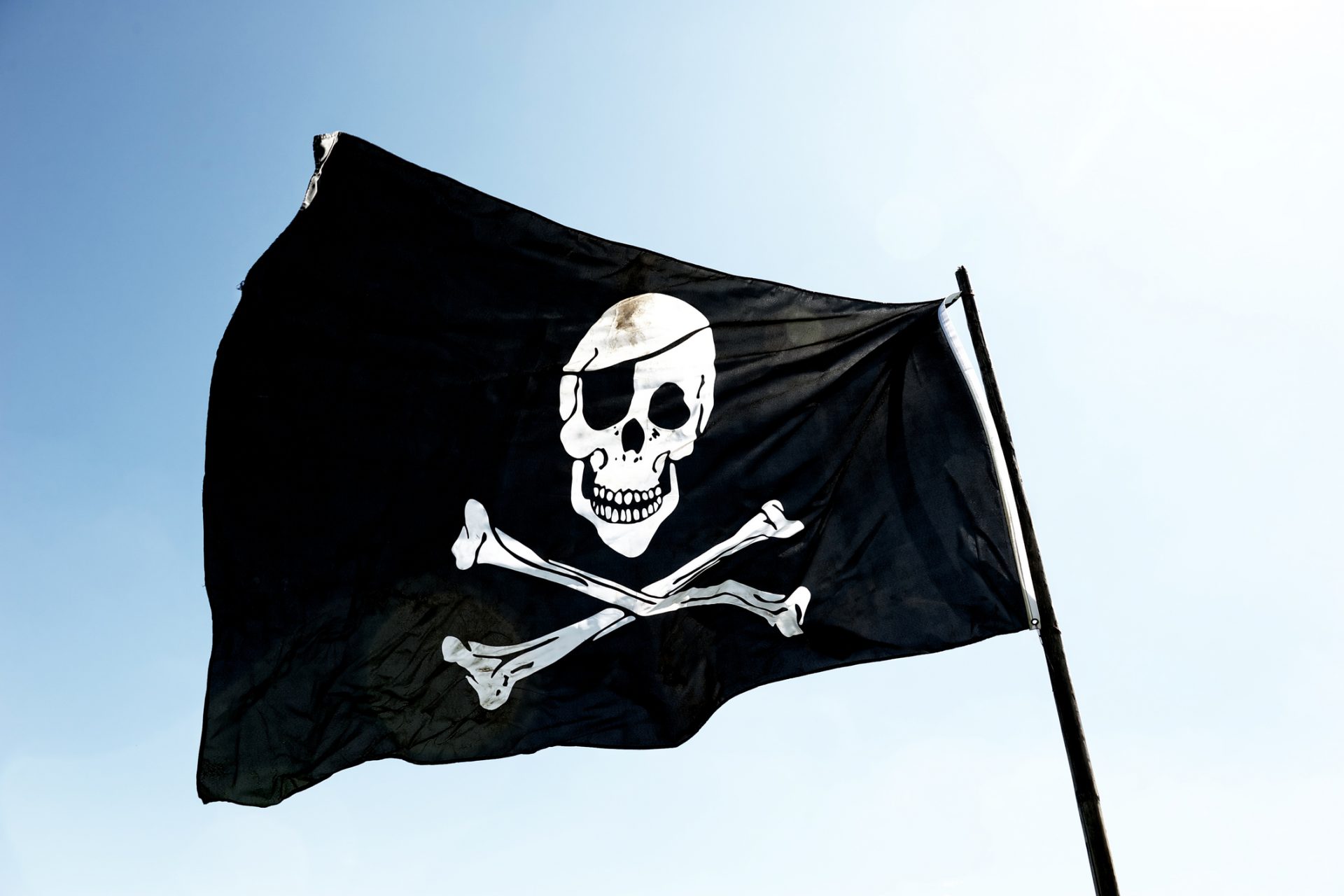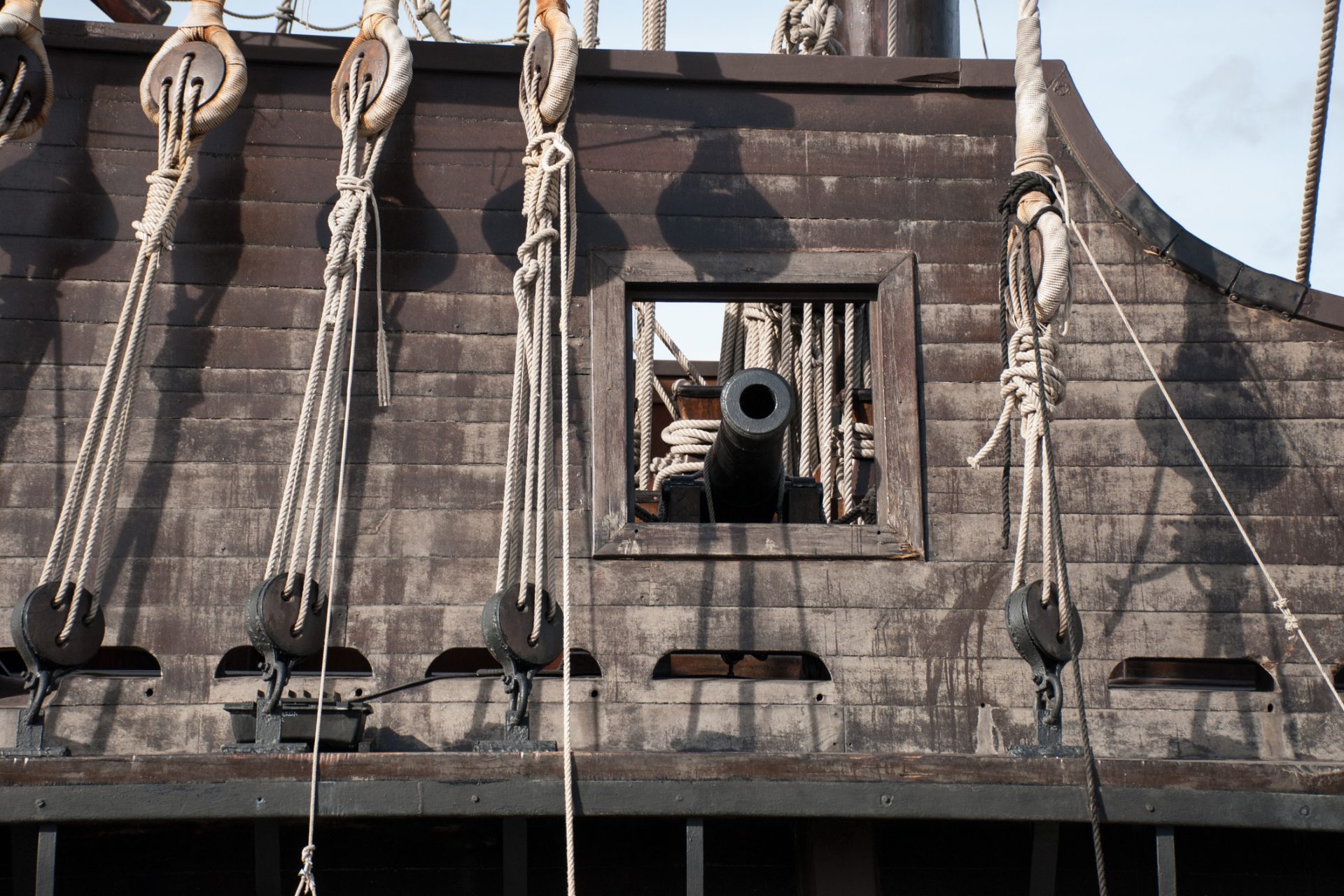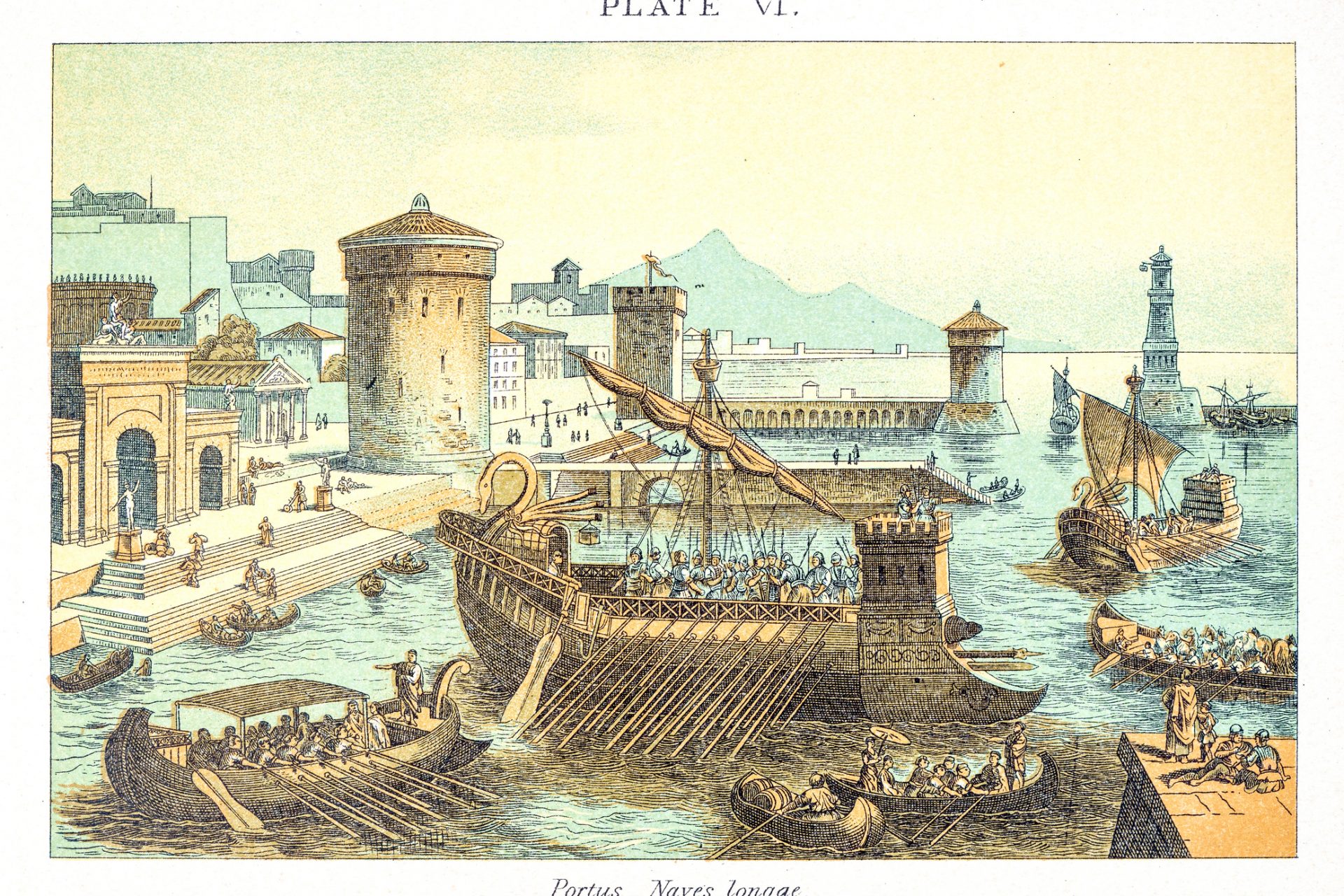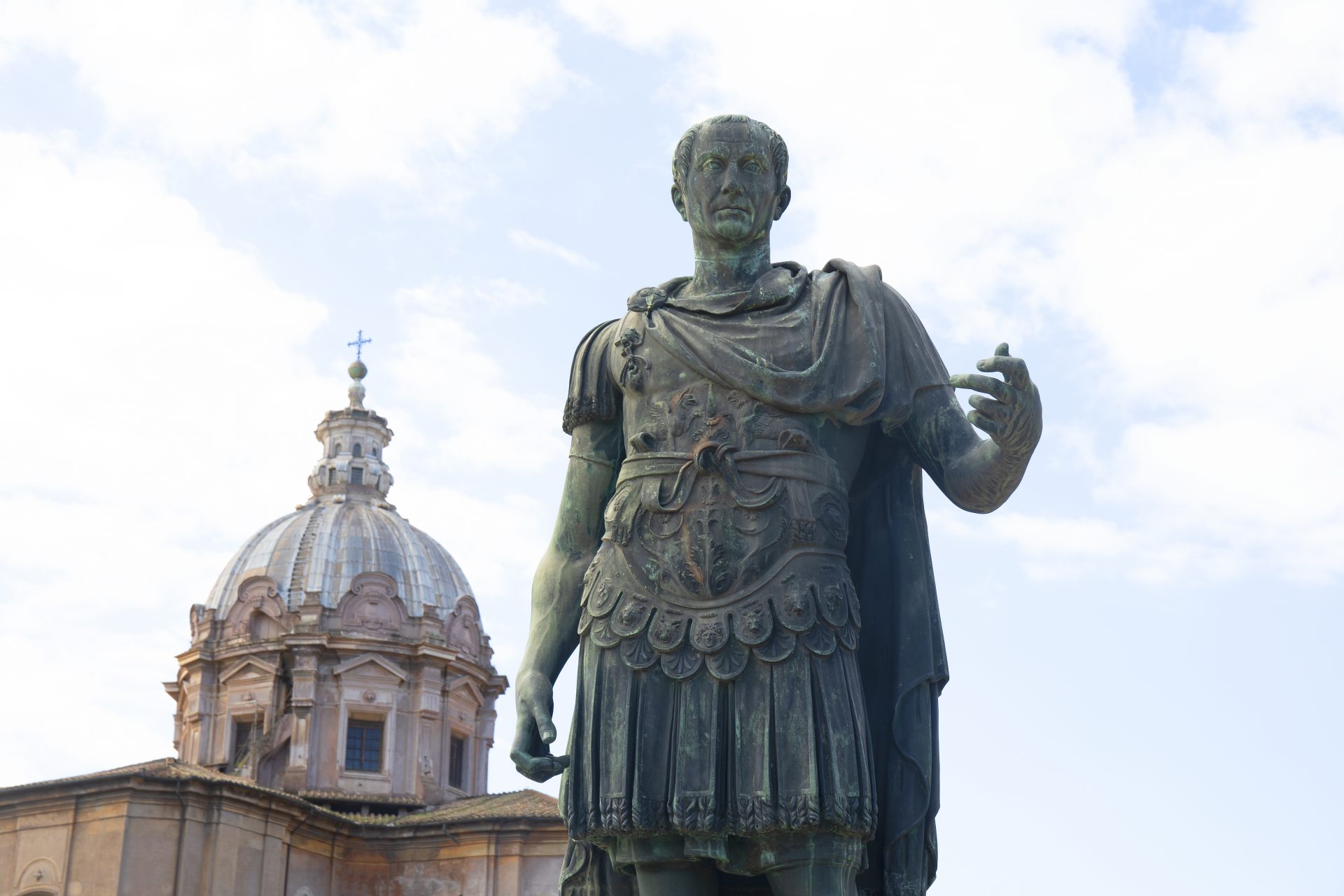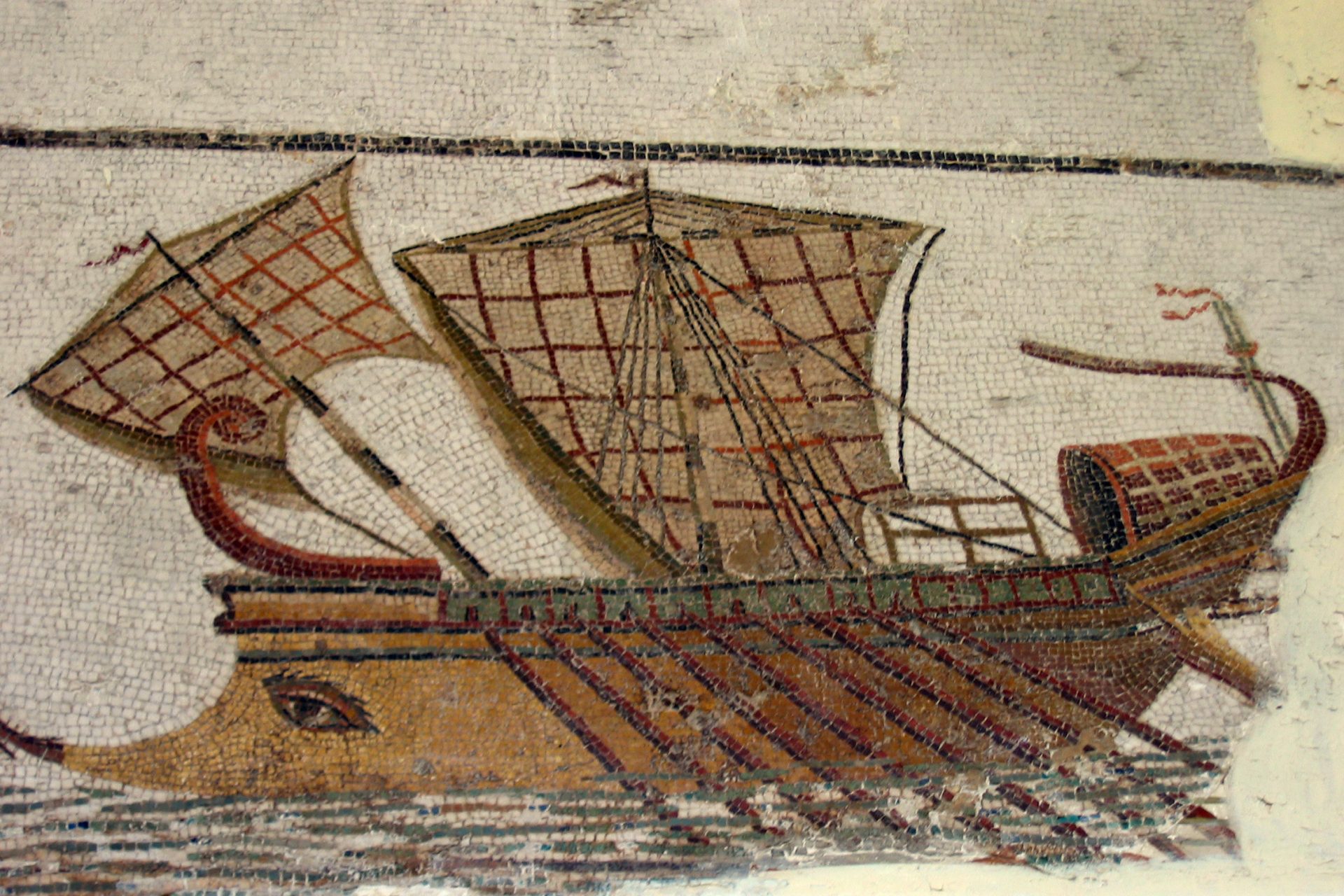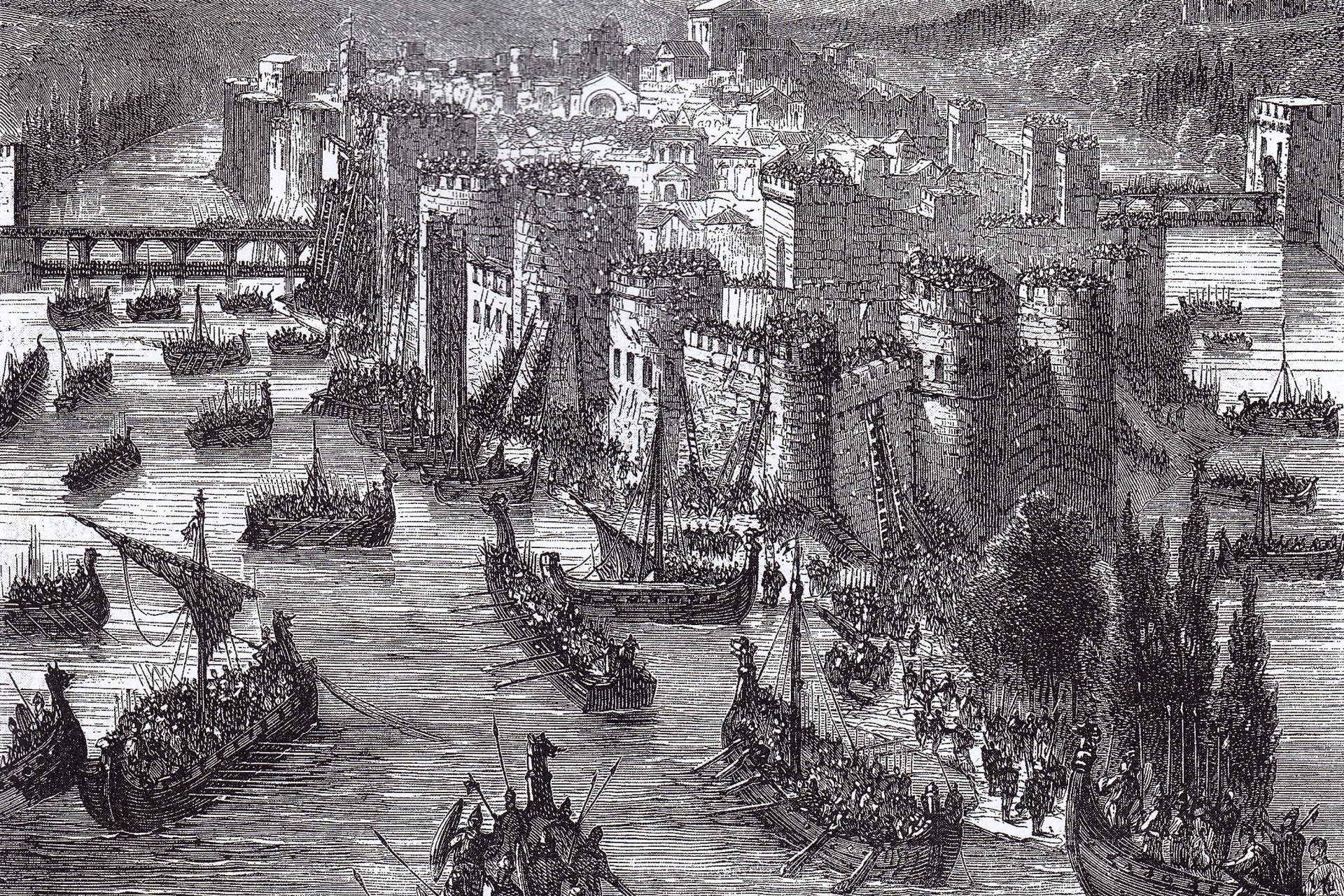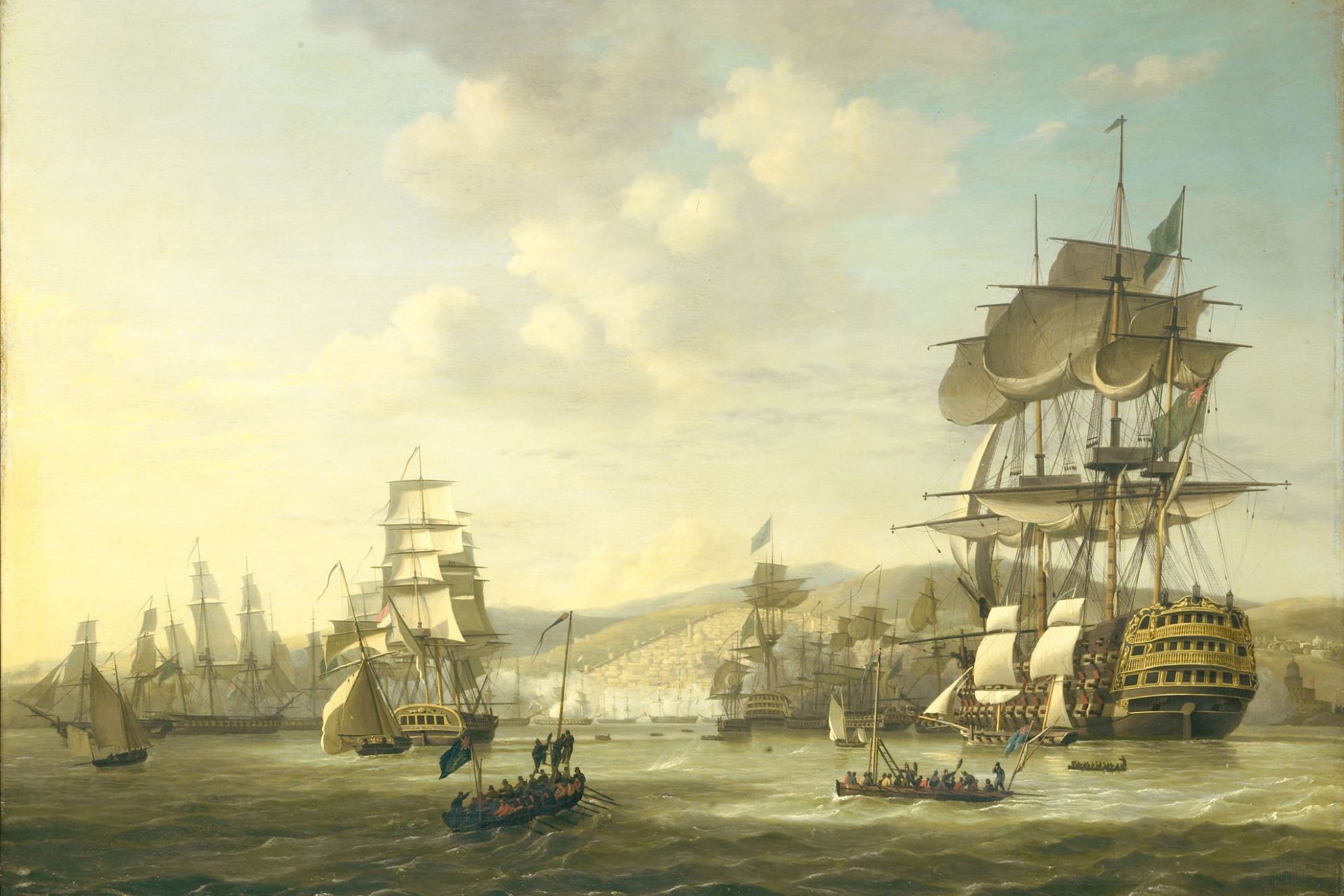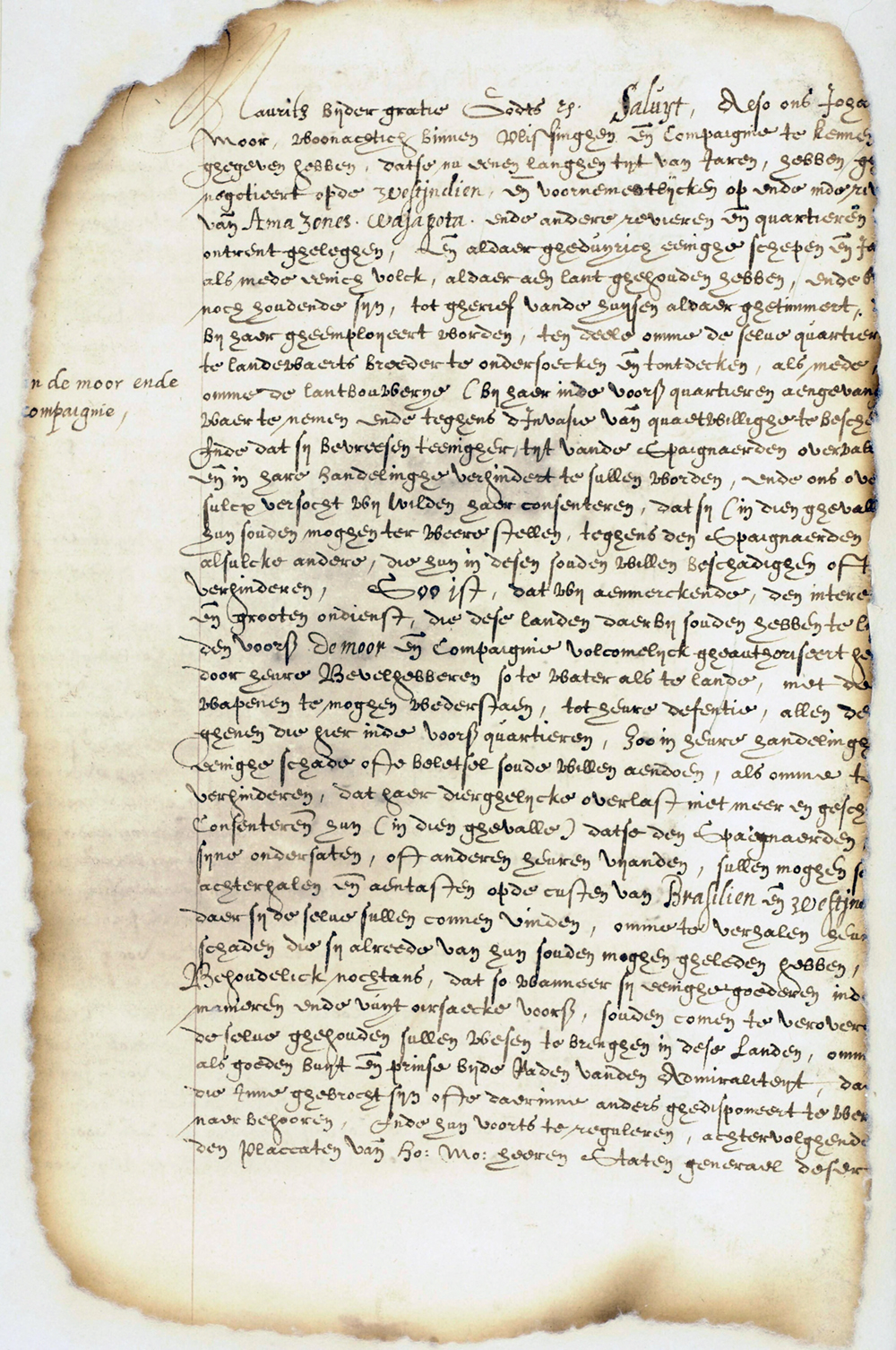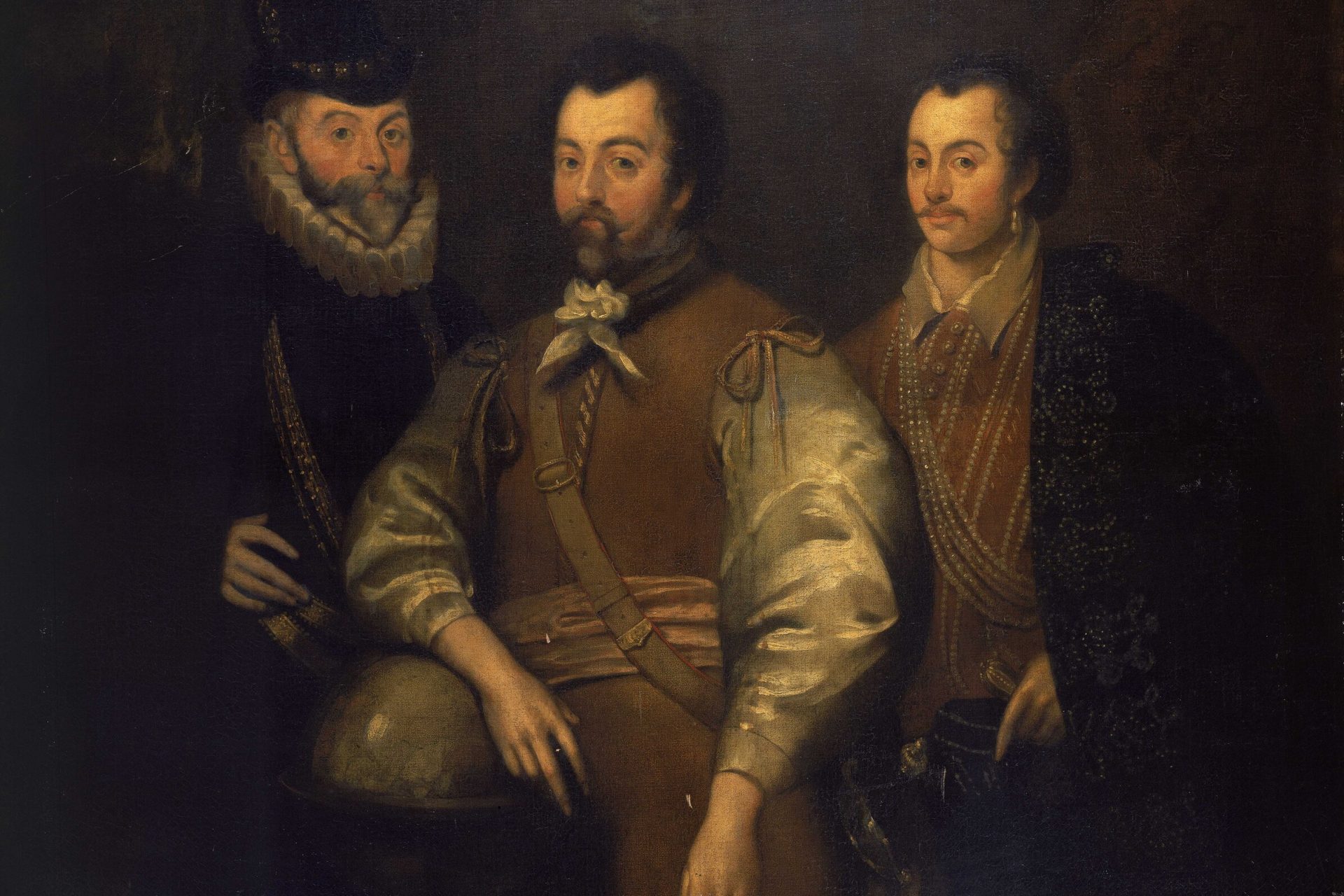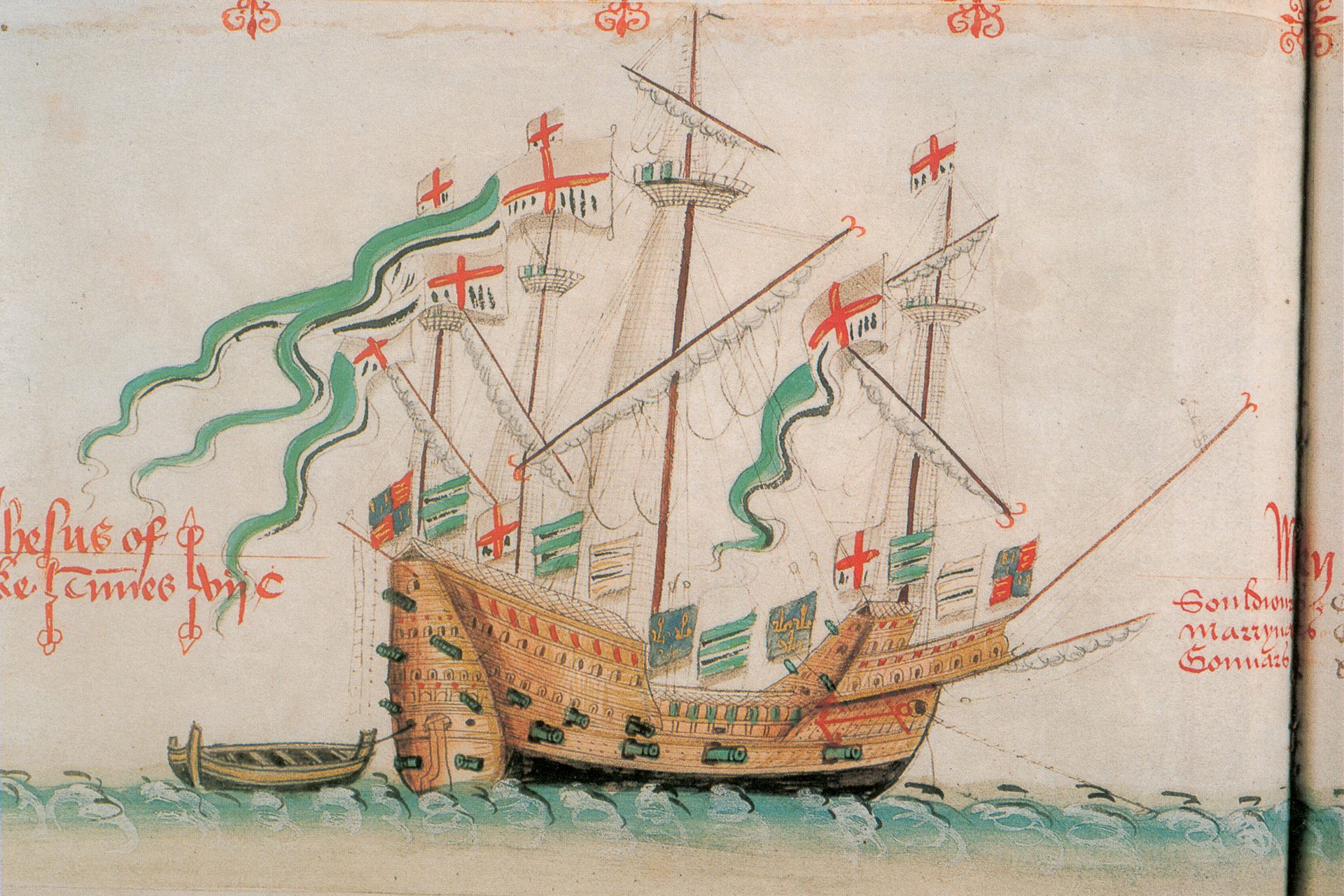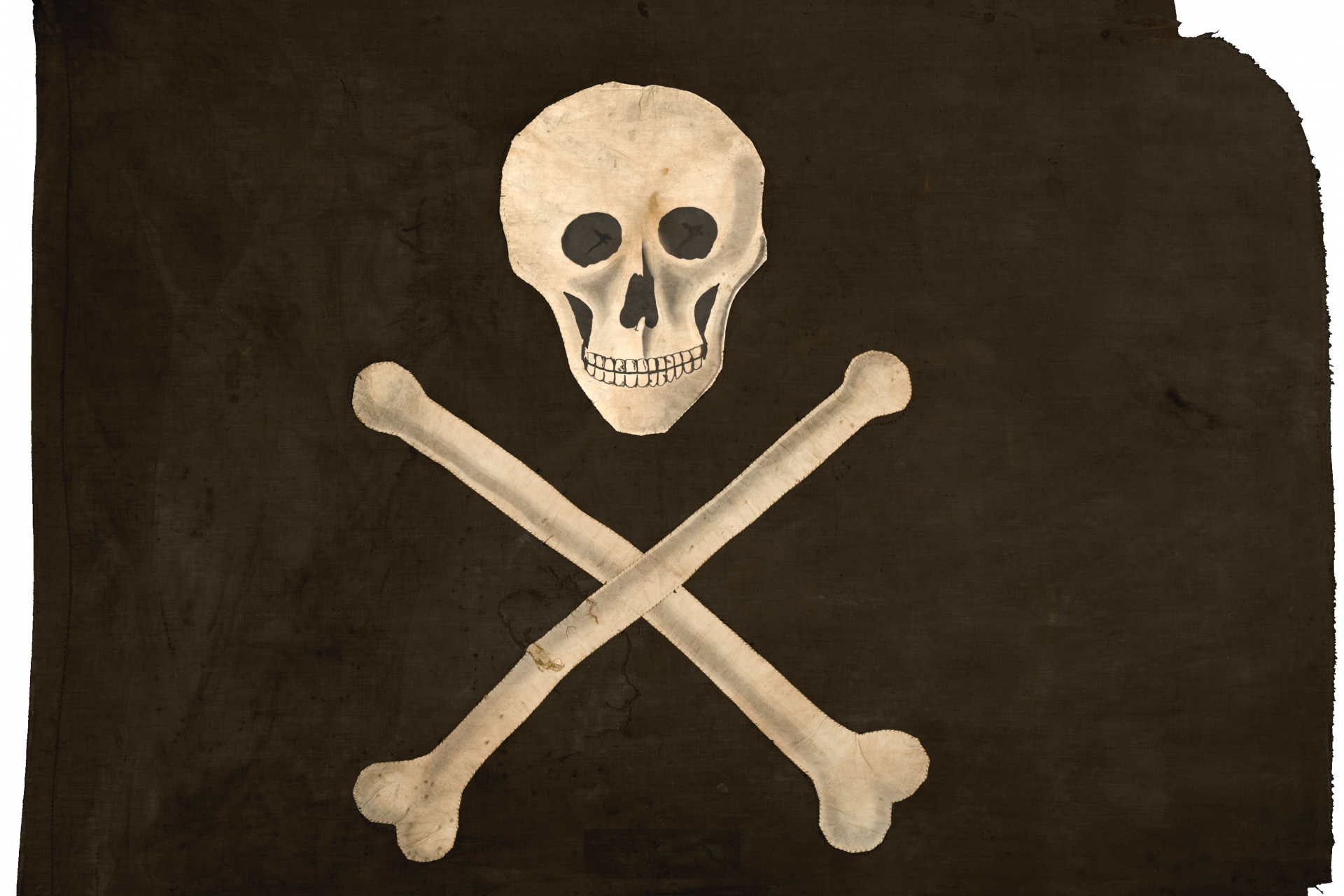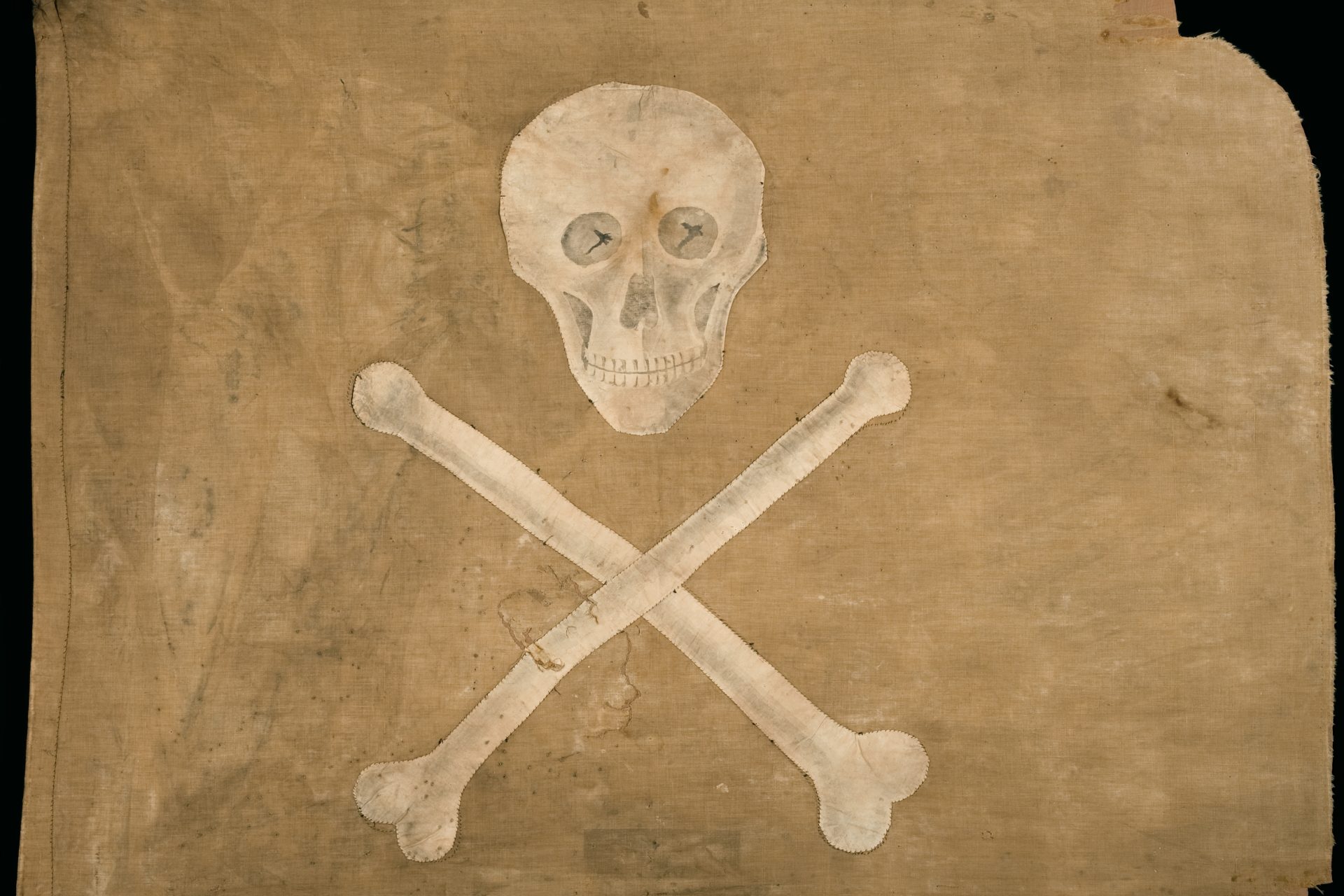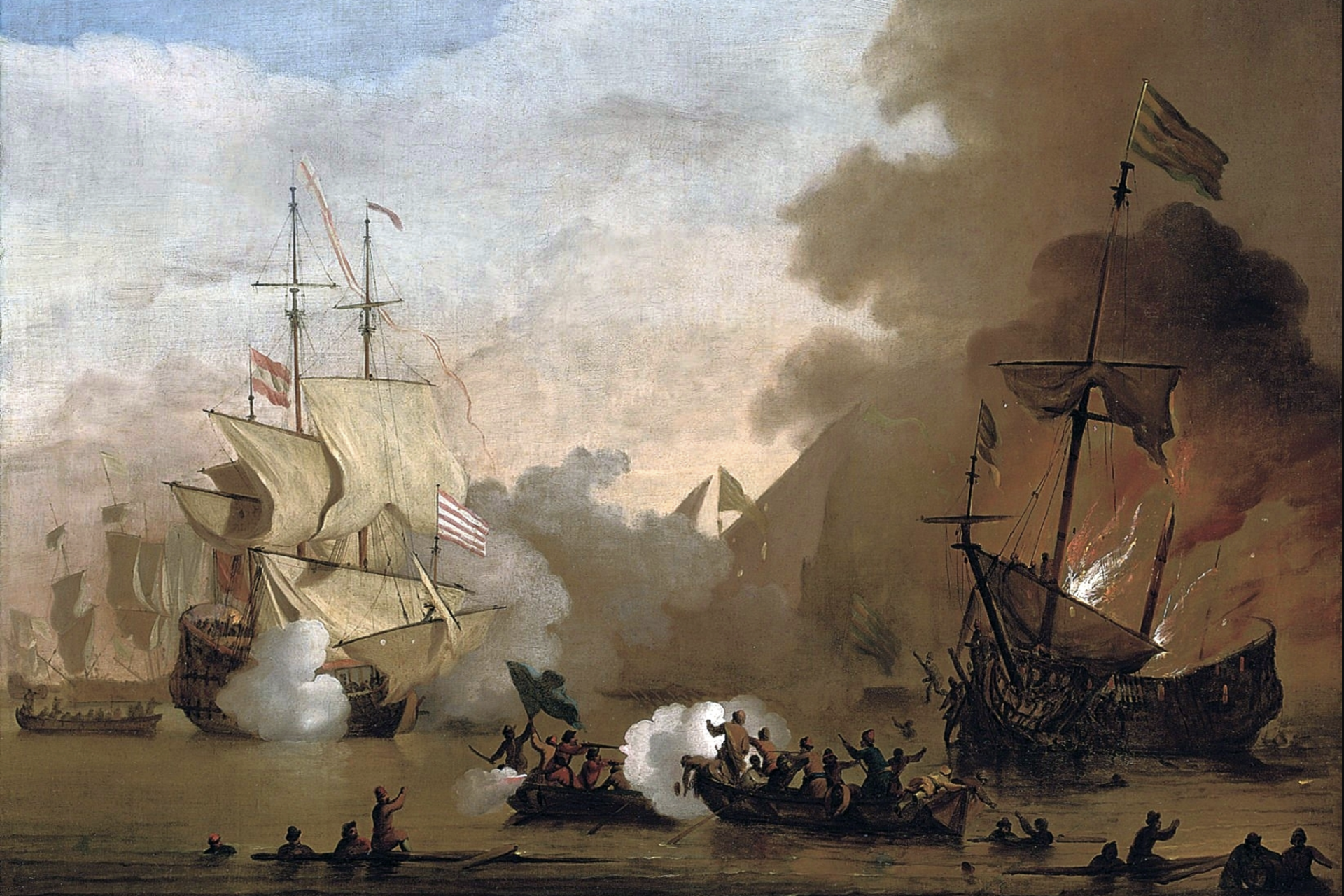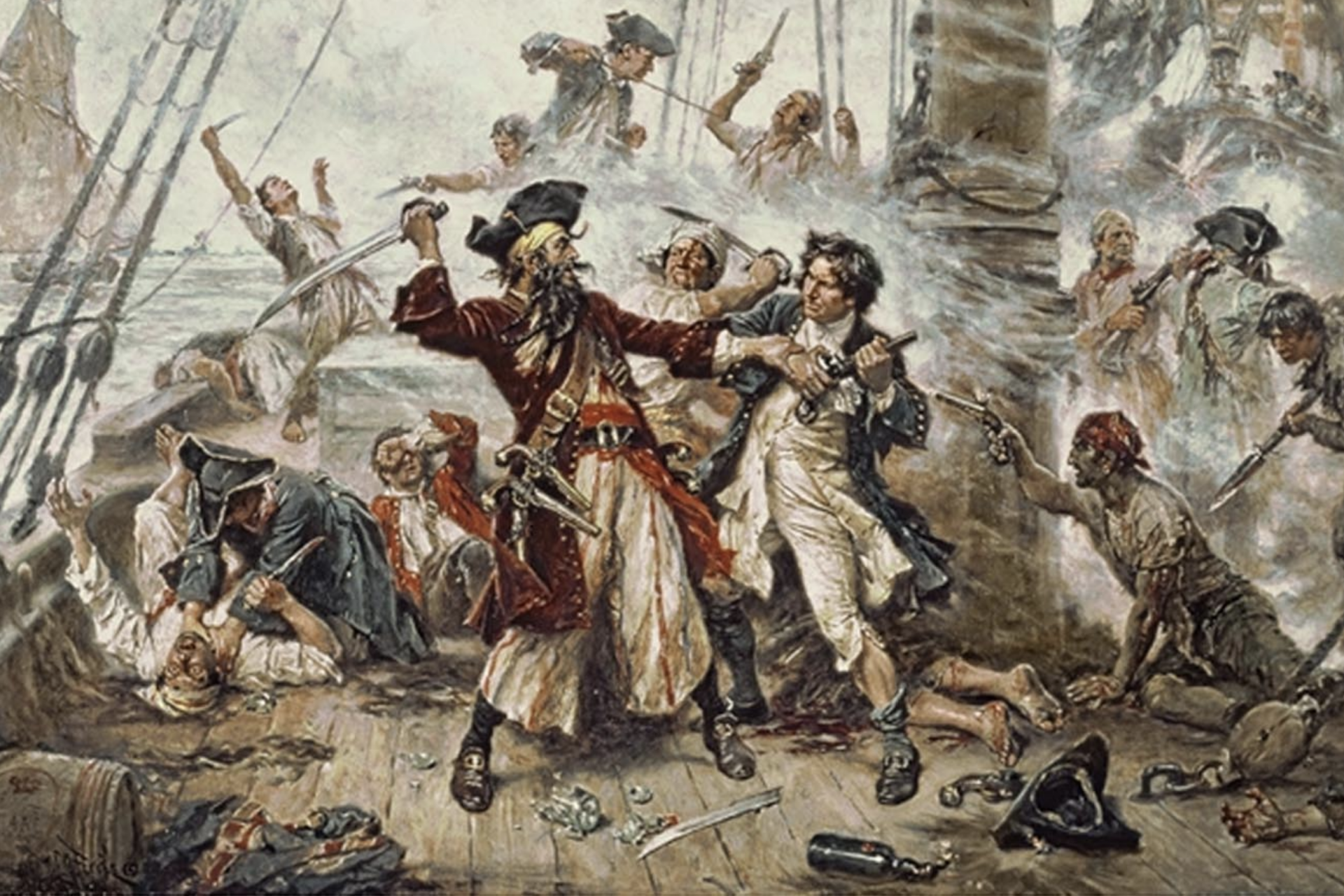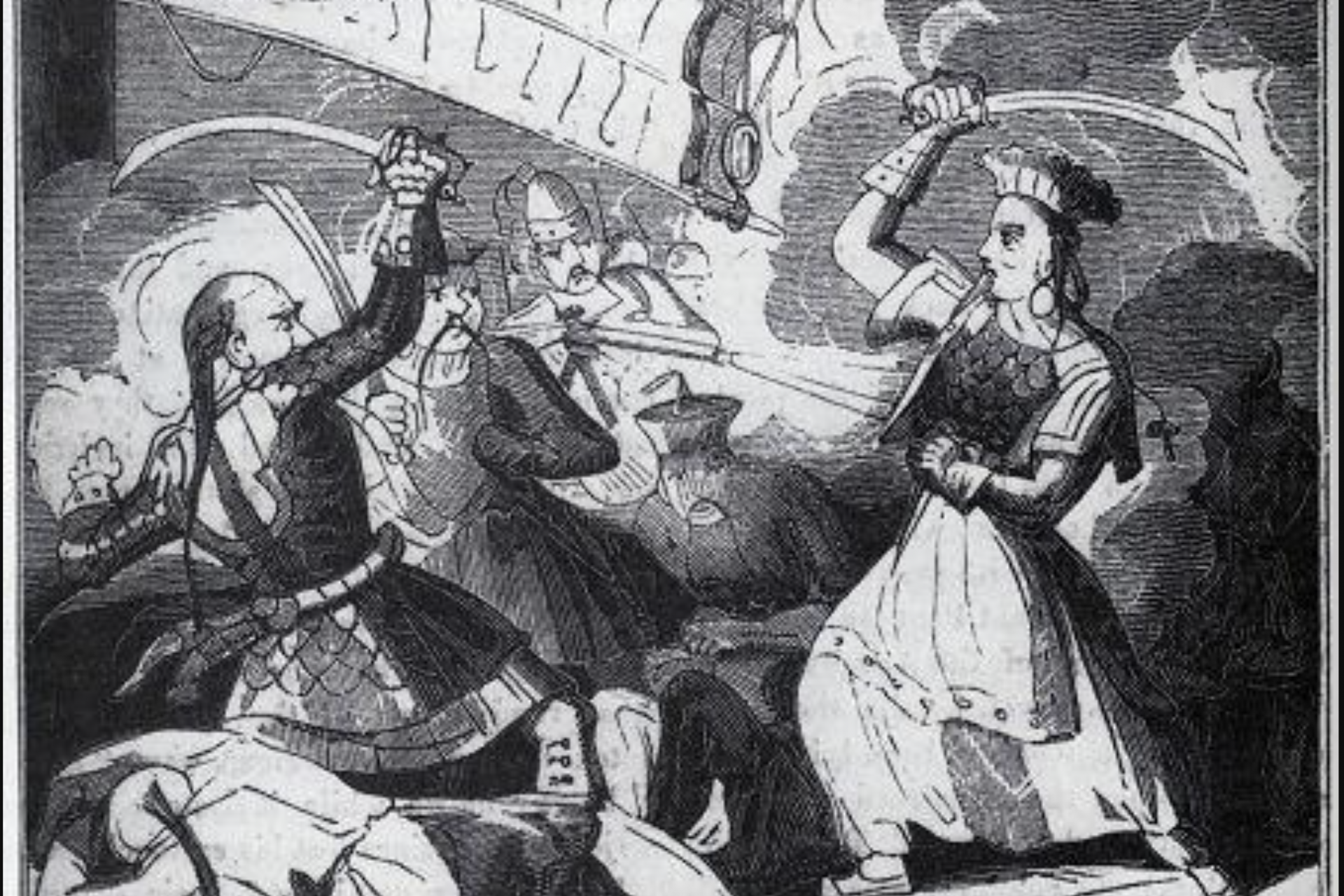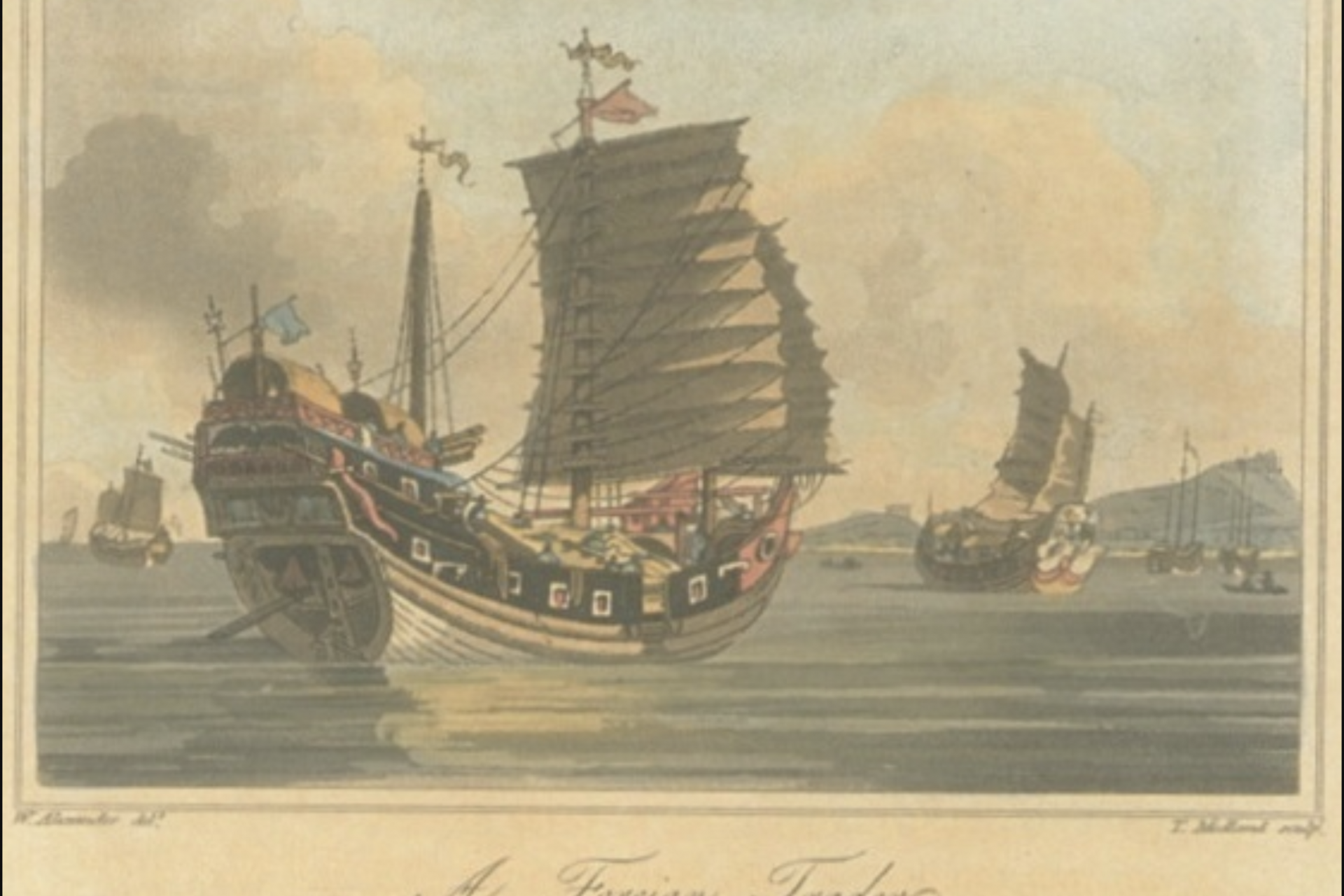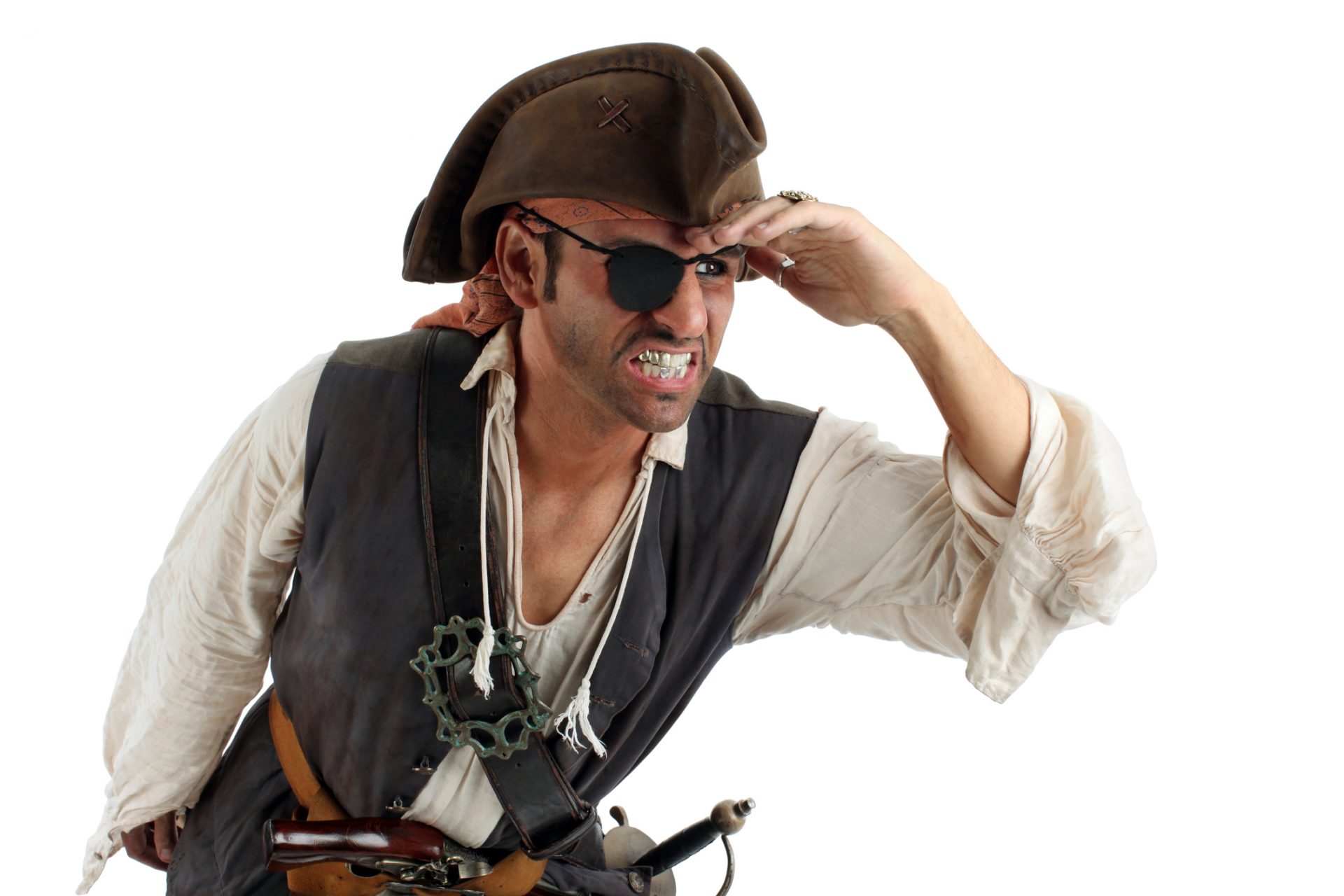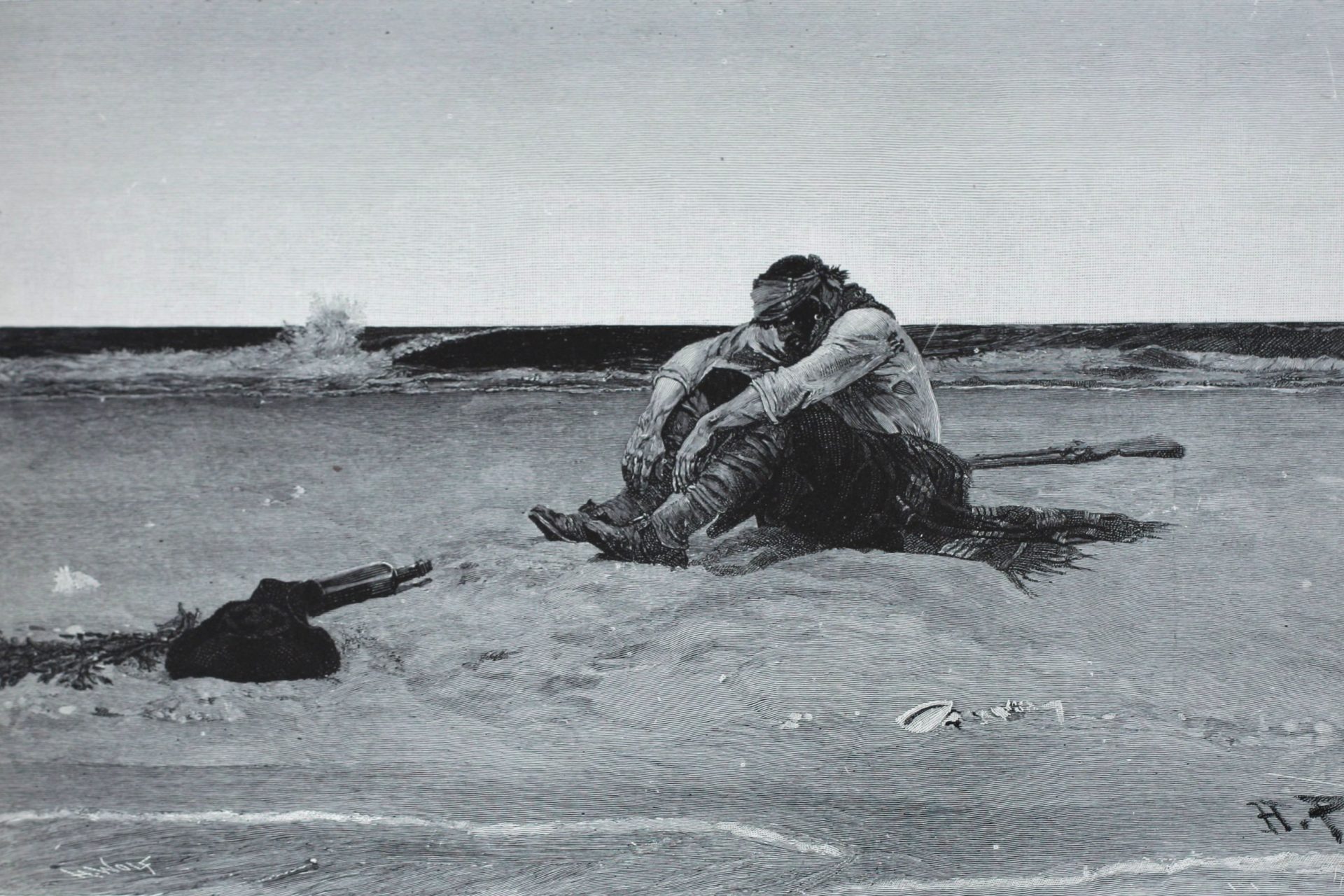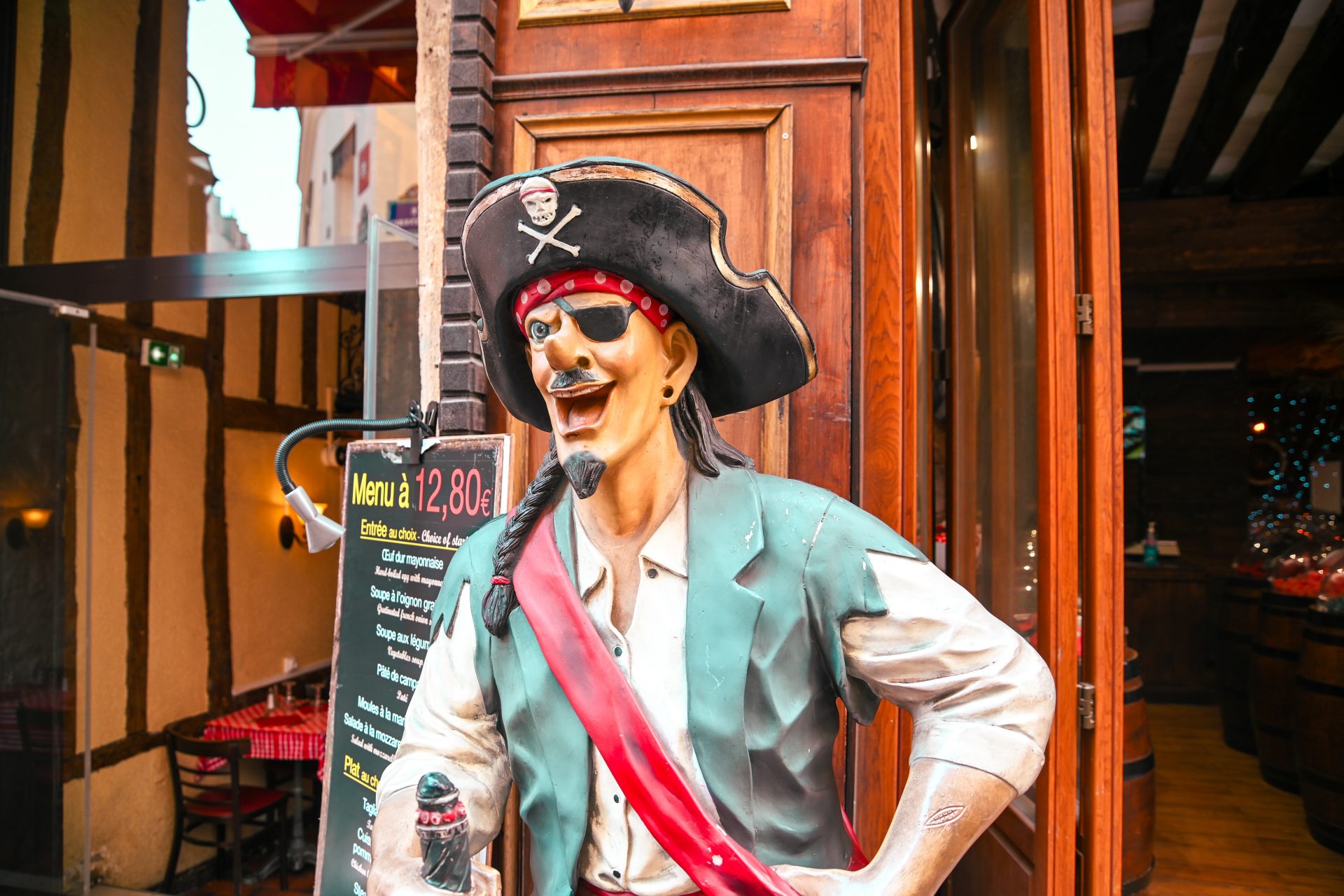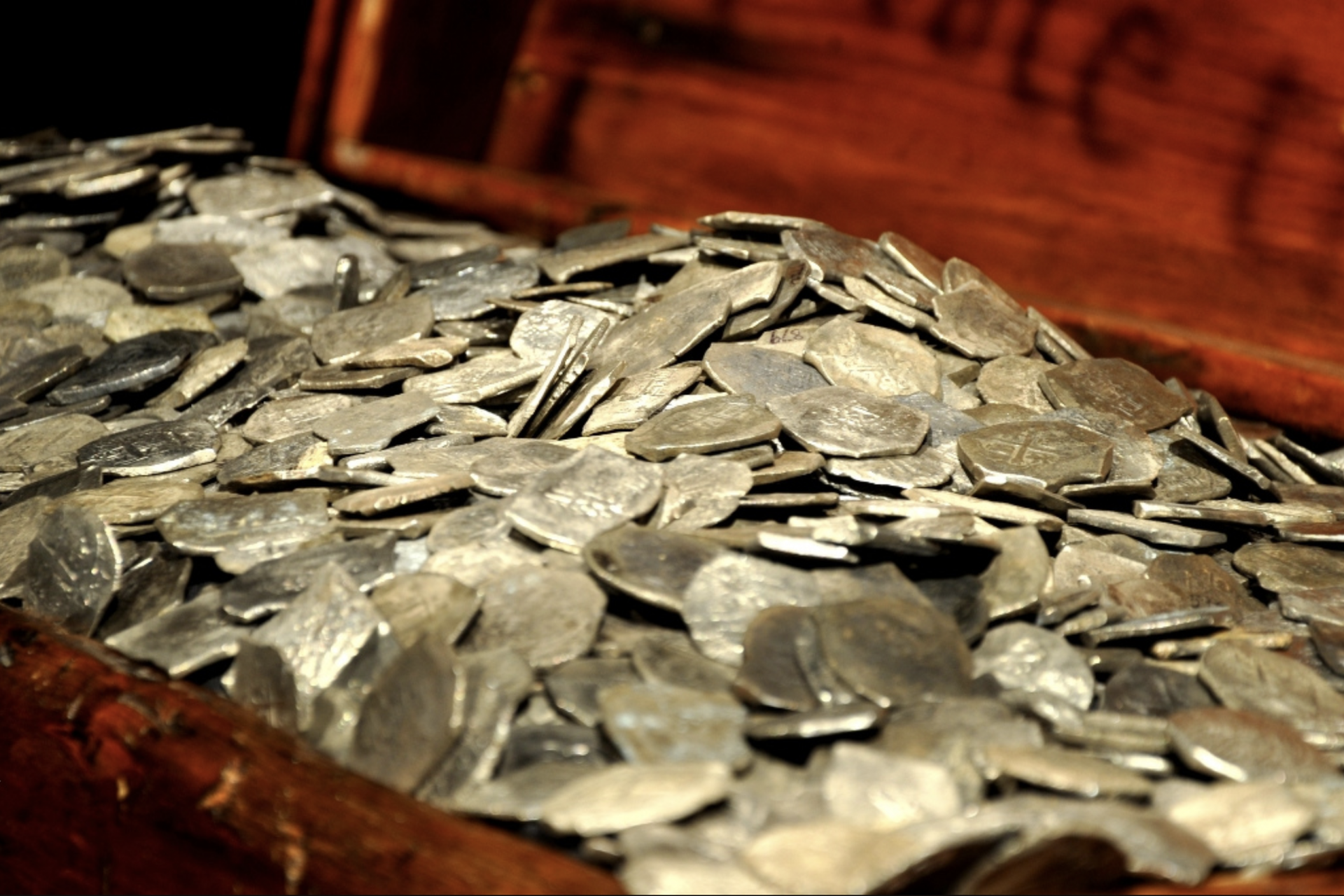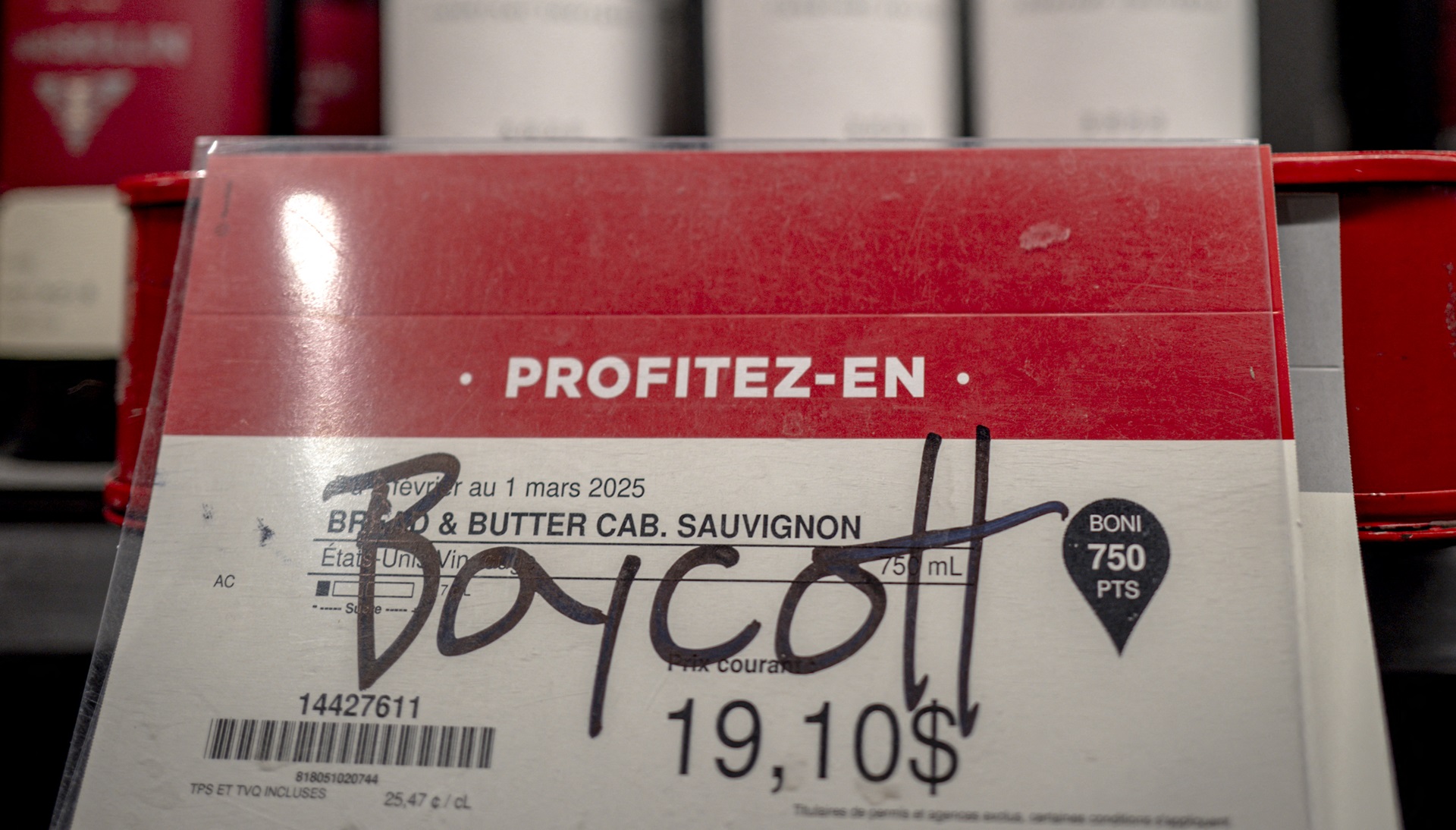20 facts you probably didn’t know about pirates
Hollywood movies like Pirates of the Caribbean and Treasure Island have given pirates a reputation for being booty-loving scoundrels who terrorized the seas but these ocean marauders are a lot more complicated than you might have previously thought.
Pirates have existed on the high seas for as long as trade goods have been shipped by water and the idea you might have of the everyday buccaneer is likely far off from reality. Here are fifteen facts about pirates that will help you understand these terrifying thieves.
The earliest known document describing activity that could be described as piracy dates back to 1350 BCE to Pharo Echnaton according to the University of Aberdeen. A report from the time detailed notorious freelance vessels that attacked shipping in North Africa.
Photo Credit: Wiki Commons: By Neoclassicism Enthusiast - Own work, CC BY-SA 4.0, https://commons.wikimedia.org/w/index.php?curid=90222640
Piracy may be over 3,000 years old but the term wasn’t recorded in history until Roman historian Polybius etched the word peirato on his papyrus in 140 BCE; however, Greek historian Plutarch was already describing the act of piracy all the way back in 100 BCE.
Famous Roman general and conqueror Julius Caesar was once the victim of pirates in his youth according to Britannica. Caesar was taken hostage while en route to study in Rhodes. He paid his ransom but later tracked down his captures and killed them.
What makes a pirate a pirate isn’t very well understood today and the term has had a lot of different meanings over the centuries. Plutarch described pirates in his day as people who attacked others without legal authority, which included ships and maritime cities.
Photo Credit: Wiki Commons: By Mathiasrex - Own work, CC BY 2.5, https://commons.wikimedia.org/w/index.php?curid=1347775
Medieval English definitions of the word pirate meant something more along the lines of sea raiders; however, Norse raiders from the ninth and tenth centuries were not defined as pirates but as Vikings and Danes. Pirates were defined until the eighteenth century.
Photo Credit: Wiki Commons: By Unknown author - Scanned from the german histrory magazine Der Spiegel Geschichte (6/2010): Die Wikinger - Krieger mit Kultur: Das Leben der Nordmänner. Spiegel-Verlag Rudolf Augstein GmbH & Co. KG, Hamburg 2010, p.33, Public Domain, https://commons.wikimedia.org/w/index.php?curid=12664618
Modern European anti-piracy laws were what gave us our modern idea of the pirate as an outlaw according to the University of Aberdeen but it is important to note that not all pirates were actually outlaws and most European piracy was state-sanctioned activity.
Photo Credit: Wiki Commons: By Nicolaas Baur - Rijksmuseum Amsterdam, Public Domain, https://commons.wikimedia.org/w/index.php?curid=5029399
For example, during the age of sail, governments would give licenses known as Letters of Marque and Reprisal that would authorize a private person to attack ships or vessels of nations at war with the issuing country according to information from Wikipedia.
Photo Credit: Wiki Commons: By Maurits van Nassau (Maurice of Orange, 1567-1625) / Melander, secretaris - images.nrc.nl. Illustration in article Dutch newspaper NRC 1 January 2020 by Leendert van der Valk: De eerste Afrikaanse Amerikanen werden verhandeld onder de Nederlandse vlag., Public Domain, https://commons.wikimedia.org/w/index.php?curid=98611999
One example of a state-sponsored pirate, often referred to as a privateer or corsair, was England’s Sir Francis Drake. Drake’s famous circumnavigation of the globe was actually a secret pirate mission according to the Royal Museum Greenwich.
Photo Credit: Wiki Commons: By anonymous - http://collections.rmg.co.uk/collections/objects/14077, Public Domain, https://commons.wikimedia.org/w/index.php?curid=63245517
“Drake was a privateer, which meant that he was given permission by the crown to raid enemy ships and cargoes. Elizabeth commissioned Drake to lead an expedition against the Spanish colonies on the Pacific coast of America,” the museum wrote on its website.
Photo Credit: Wiki Commons: By Own scan. Photo by Gerry Bye. Original by Anthony Anthony. - Anthony Roll as reproduced in The Anthony Roll of Henry VIII's Navy: Pepys Library 2991 and British Library Additional MS 22047 With Related Documents ISBN 0-7546-0094-7, p. 46., Public Domain, https://commons.wikimedia.org/w/index.php?curid=7400926
Another thing you might not know about pirates is that their famous skull and bones flag had a name—the Jolly Roger—and it was a lot more menacing in person. The featured image is one of the only known examples of the flag from the European age of piracy.
Photo Credit: Wiki Commons: By Karlsson, Anneli (color correction by Blockhaj) - https://digitaltmuseum.se/021015506485/konservator-fran-armemuseet-tittar-till-den-lanade-piratflaggan-fran-alands, CC BY 4.0, https://commons.wikimedia.org/w/index.php?curid=122327681
That Jolly Roger actually came about a century past the Golden Age of Piracy, a period of time Wikipedia noted was between the 1650s and 1730s. The Golden Age of Piracy saw significant pirate activity on the high seas of the North Atlantic and Indian Ocean.
Photo Credit: Wiki Commons: By Karlsson, Anneli - https://digitaltmuseum.se/021015506485/konservator-fran-armemuseet-tittar-till-den-lanade-piratflaggan-fran-alands, CC BY 4.0, https://commons.wikimedia.org/w/index.php?curid=122326247
More importantly, red and black flags were used by European pirates to let other ships know that they intended to give them no quarter, which meant whether they would allow the crew of the ship they were attacking to live according to Wikipedia.
Photo Credit: Wiki Commons: By Workshop of Willem van de Velde the Younger - Christie's, LotFinder: entry 5080190, Public Domain, https://commons.wikimedia.org/w/index.php?curid=18420790
A black flag meant a ship would be given quarter if the crew surrendered the vessel and its contents to the pirates. Warning shots would follow if a vessel didn’t strike its flags to surrender and then a red flag would be raised to indicate no quarter would be given.
Photo Credit: Wiki Commons: By Jean Leon Gerome Ferris - http://www.neatorama.com/2007/10/22/pirate-lore-7-myths-and-trrrrruths-about-pirates/, Public Domain, https://commons.wikimedia.org/w/index.php?curid=8643114
However, Europeans didn’t have a monopoly on piracy and the world’s most successful pirate was actually a Chinese woman named Cheng I Sao according to Jstor Daily. Sao dominated the coast of Kwangtung Province and was active between 1795 and 1810.
Photo Credit: Wiki Commons: By Unknown author - http://book.ifeng.com/psl/dzsp/200907/0727_3553_1270289.shtml, Public Domain, https://commons.wikimedia.org/w/index.php?curid=22780504
Cheng I Sao had 70,000 pirates under her command and 1,200 ships according to the historian Dian Murray. History.com noted that other notorious European female pirates included Anne Bonny, Mary Read, Grace O’Malley, and Rachel Wall.
Photo Credit: Wiki Commons: By Unknown author - Downloaded from http://elib.doshisha.ac.jp/denshika/china/213/imgidx213.html, Public Domain, https://commons.wikimedia.org/w/index.php?curid=2771642
Pirates wore eyepatches not for the scariness factor but rather because they used them for adjusting light levels when moving above and below deck according to Southwestern University. Pirates also never made people ‘walk the plank’. They just threw them over.
Most pirates really did operate to a code according to the university and rules like every man had a vote and injuries would be compensated were commonplace on most pirate ships. Most pirates lived better lives than navy seamen or those aboard merchant ships.
Photo Credit: Wiki Commons: By Howard Pyle - Pyle, Howard; Johnson, Merle De Vore (ed) (1921) "Buccaneers and Marooners of the Spanish Main" in Howard Pyle's Book of Pirates: Fiction, Fact & Fancy Concerning the Buccaneers & Marooners of the Spanish Main, New York, United States, and London, United Kingdom: Harper and Brothers, pp. Plate facing p. 26, Public Domain, https://commons.wikimedia.org/w/index.php?curid=316469
Pirates wore earnings as a way to keep track of their travels, prevent seasickness, and pay for their burials if they chose to have them on land. Loot was usually never buried but more often than not was divided up among the crew after a successful attack.
Photo Credit: Unsplash by Palle Knudsen
The most successful European pirate was likely ‘Black Sam’ Bellamy. He was known as the Robinhood of the Seas and was only a pirate captain for just over a year, during that time he and his crew captured 53 vessels according to his Wikipedia page.
Photo Credit: Wiki Commons: By Theodore Scott - Flickr: Look At That Booty, CC BY 2.0, https://commons.wikimedia.org/w/index.php?curid=22019309
More for you
Top Stories



